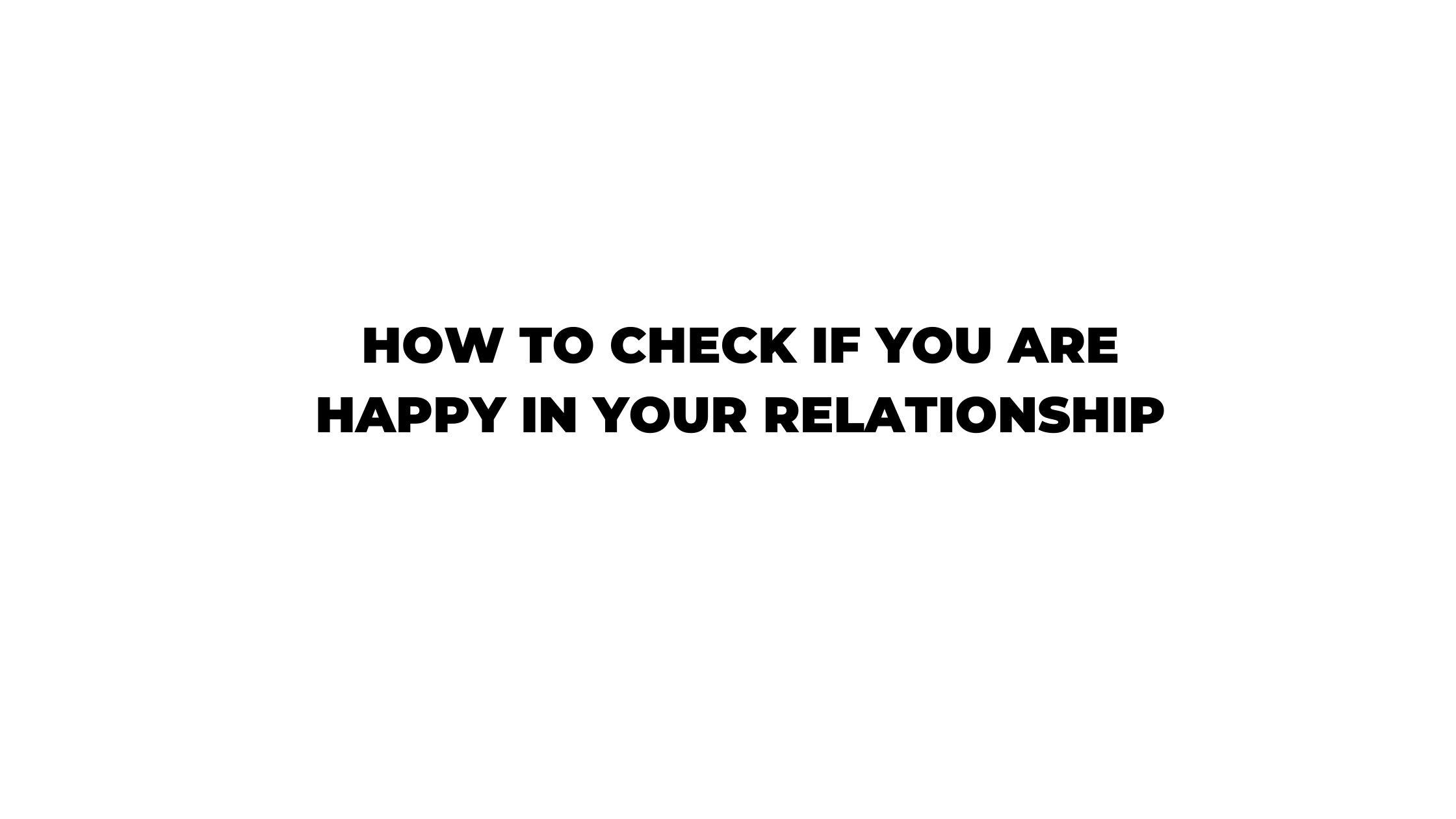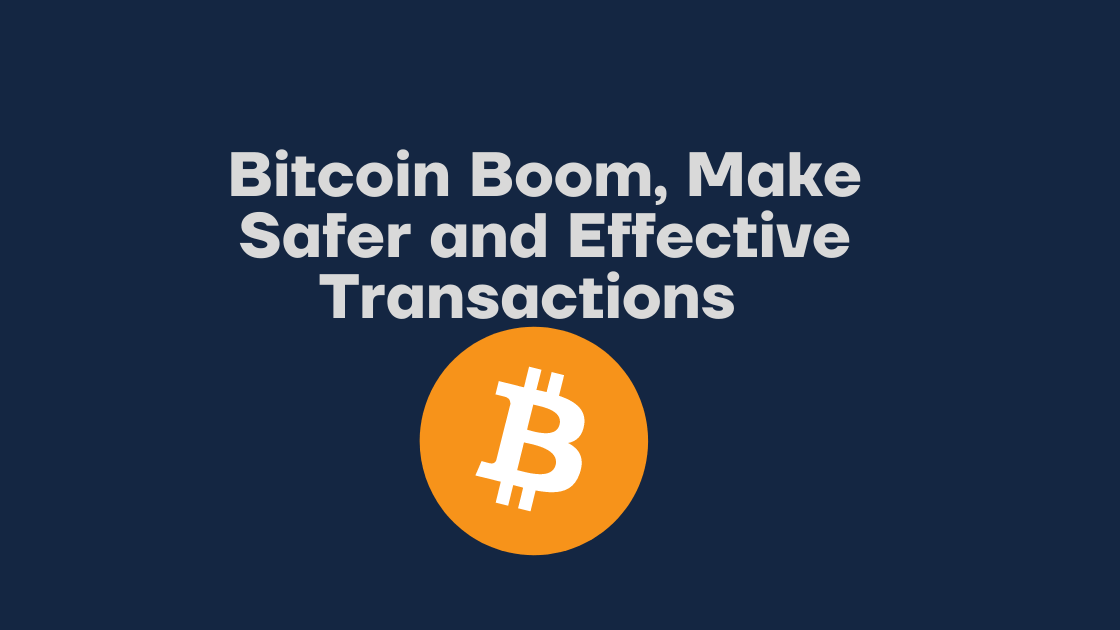Contents
AFM regulations
Like in most jurisdictions, the trading of options in the Netherlands is regulated by The Netherlands Authority for Financial Markets (AFM).
The AFM has strict rules about when an offer to trade an option can be made available to investors. This applies to all products traded on a Dutch licensed platform.
Section 2:55a paragraph 1 DCC regulates this. It states that offers may only be made after the AFM has authorized the product or issuer and derivatives issuer to make such offers`.
Underwriting Instruments
Options
Options are considered underwriting instruments (article 6:162 DCC).
Before they can make an offer to sell, e.g. Call Option Derivatives, issuers must have sufficient funds at their disposal that will ensure that holding the option won’t pose a risk to their solvency. If an issuer does not have enough funds at its disposal, it cannot trade options.
Issuers may only offer products after being authorized by the AFM. The AFM also requires that all traders involved in trading options be registered with them.
This registration process includes specific disclosures about what the issuer can offer to traders and imposes certain obligations on sellers of options (and derivatives).
For example, investors need to be adequately informed about risks associated with options trading before contracts are concluded and when renewals occur.
These further disclosures must continue throughout the contract’s life so that any changes or adjustments will be included in these investor communications.
All of the obligations for issuers and traders fall under Regulatory Technical Standards (RTS), of which there are currently two covering options on shares (RTS 7.7 & 7.8).
These RTS will be superseded by MiFID II soon, where new, more extensive rules on options trading will apply.
However, this is not expected to affect most existing products since these are already compliant with the current RTS.
Here again, it will only be the issuer that needs to ensure they have sufficient funds at their disposal if they wish to trade options in any product they may have issued or are currently giving.
For now, though, these requirements do not apply to credit spreads since they usually are not considered an option according to AFM.
Credit Spreads
Credit spreads are a contract that consists of two legs, the obligation to buy and the obligation to sell. The buyer’s responsibility is to purchase an underlying security at a predetermined price on or before some predefined date in the future.
The underlying security may e.g. be a share or a stock index. In contrast to buying a call option, where one may choose not to exercise it if it turns out not to be beneficial, the buyer of a credit spread cannot do this.
The trader can only decide whether they would like to deliver from the seller or sell at a higher request.
For issuers/traders to trade options in any product they have issued, they must first be registered with AFM as paragraph 4 article 6:162 DCC`. This is not necessary in the case of credit spreads since they are not considered an option. Traders can sell or buy these derivatives without being registered with AFM. Hence it doesn’t risk the issuer’s solvency if buying or selling them.
Credit spreads options in the Netherlands are usually not considered underwriting instruments (article 6:162 DCC).
Therefore, issuers/traders do not need to be authorized by AFM to make offers about these products.
Vertical trading spreads
Let’s start with some basic definitions and an example. A spread is a position consisting of two different option series (i.e., calls and puts), one long and one short, where both options have the same underlying asset but expire at other times and strike prices.
The most common spreads are vertical spreads, which include calls and puts with the same expiration date but different strike prices or vice versa. It is also possible to create spreads with different expirations.
A spread always consists of the simultaneous purchase and sale of two or more options.
Vertical spreads are traded for any available strike prices in the market.
By trading vertical spreads, issuers take on a limited risk while still having the opportunity to profit from various market movements.
One benefit of vertical trading spreads is that issuers only need to monitor two option series rather than three or more.
The issuer has an obligation to both buyers; however, it only needs to pay one premium for both legs (and thus receives two bonuses).
It reduces the administrative burden on issuers. Furthermore, during high market volatility periods where bid/offer spreads widen significantly, this strategy may lower transaction costs than trading credit spreads.
Disadvantages
Vertical spreads also have disadvantages. The price movements of the underlying asset, coupled with the rate at which time passes, will cause erosion in an issuer’s contract values (i.e., an increase in premium). This means that issuers who execute vertical spreads are always at risk of paying more than anticipated at expiry should they not offset their positions before that time.
In other words, she has to bear the risk of adverse movements in the underlying asset. In addition, if the market moves against the issuer’s position before expiration, their option may be worthless and can no longer be used as a hedging instrument.
If you want to know more about trading vertical spreads or credit spreads, don’t hesitate to get in touch with us or download our whitepaper.
For more information, visit this site.







